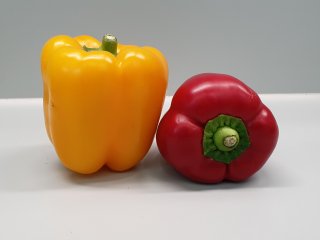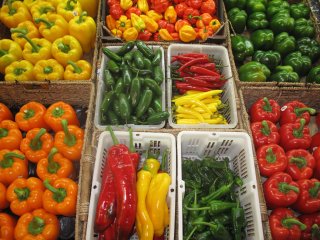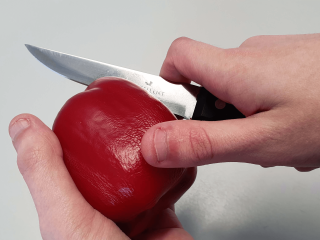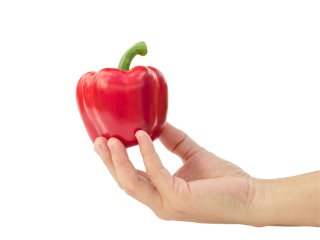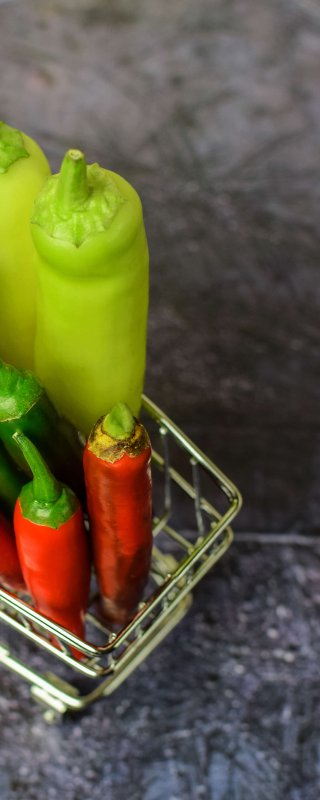
Retail practices for pepper
Improved retail practices can lead to a higher quality of fresh fruit and vegetables like peppers and improve customer satisfaction. For the highest freshness on the shelf and to minimize waste, 'first-in first-out' management may be the best strategy. However, quality inspections may lead to other decisions. The staff must be well trained in handling the different types of fresh produce. They must realize that fresh products are very susceptible to handling damage and to unfavorable conditions such improper temperature and relative humidity.
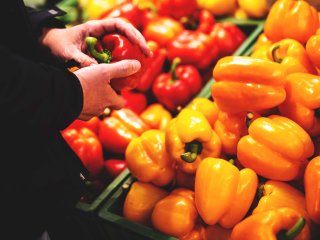
Convenient and tasty peppers
Peppers are officially a vegetable, but are more often classified as a fruit. This 'fruit vegetable' has convenience and taste as important drivers for consumption. There are many types of peppers, such as bell pepper, elongated sweet pepper and hot pepper. Preferences vary per country and consumer groups. Sweet peppers (bell or elongated) are generally eaten mature when the flesh is crispy. Taste and quality are determining factors for purchasing. Peppers are preferred when uniform without signs of shriveling. Retailers have an important responsibility as part of the pepper supply chain to offer good quality peppers to consumers. Consumers will only re-purchase peppers when appearance and flavour are appreciated.
